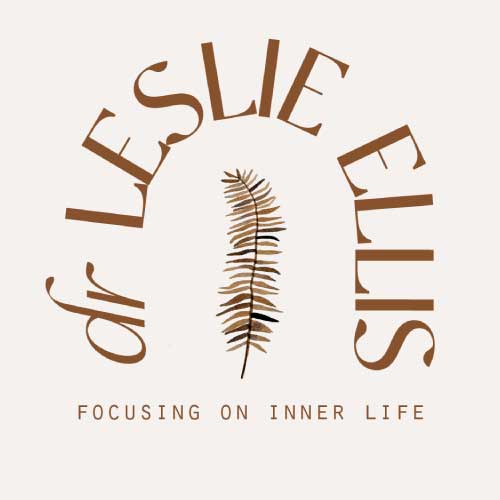At long last, my article that takes Porges’ polyvagal theory and the nervous system into account when considering the causes and treatment of nightmares, has been accepted for publication in the APA journal Dreaming. Although it could be many months before it is actually published, I am happy to share some of the main ideas and invite you to an online workshop on nightmare treatment based on this research. Those who sign up will receive an advance draft copy of the article, Solving the Nightmare Mystery: How Polyvagal Theory Updates our Understanding of the Aetiology and Treatment of Nightmares.
Here is the abstract: “Current theories about the aetiology of nightmares and mechanisms of action that account for their successful treatment have not yet taken the polyvagal theory (Porges, 2011) into consideration. While the polyvagal theory’s updated and multi-faceted view of the autonomic nervous system’s (ANS) response to threat has begun to transform the field of trauma treatment, most of these ideas have not yet been applied to nightmares and their treatment. This paper outlines how the theory may provide a missing link in understanding specific ways that trauma and adversity lead to chronic nightmares, and it offers a way to make sense of the heterogeneity of trauma-related symptoms and concomitant responses to nightmare treatments. A review of the literature demonstrates evidence of links between measures of ANS and physiological responses to nightmares. Content similarities between threat responses described by polyvagal theory and common nightmare themes provides an additional avenue for assessment and intervention. Theories of nightmare aetiology and treatment are evaluated with respect to polyvagal theory, and lastly, a proposed treatment protocol, Nightmare Relief, offers a polyvagal-informed, process-experiential approach to treating nightmares, with links to clinical examples.”
This sounds like quite a mouthful. In my upcoming seminar, I will present the most salient aspects of this material and focus mainly on introducing the Nightmare Relief protocol. I will be able to offer much more detail, clinical examples, demos and experiential practices than are covered in the academic paper. I would like those who take this workshop to be able to put these ideas into practice right away with clients who suffer from nightmares. Students of mine who have learned this way of working tell me it has stopped the nightmares of some of their clients.
What inspired me to spend the last couple of years on this enormous project? It stems from my experience as a trauma therapist, and many forces have converged to lead me to this focus on treating nightmares. In my 25 years working with posttraumatic stress injury and complex trauma, I have watched the practice of trauma treatment evolve, bringing more embodied practices and deep empathy into the work. I have enjoyed the move away from pathologizing stances toward a deeper understanding of the nervous system’s response to threat and ideas about how to help clients understand and befriend their bodies.
In the past few years, I completed a PhD with a focus on using focusing-oriented therapy, a gentle embodied approach to psychotherapy, for treating the nightmares of refugees. Encouraged by the results, I have continued to study nightmare treatment and was alarmed to discover two things: how few clinicians are versed in this important skill, and how imperative it is to treat nightmares. They are robustly linked to increased suicide risk, and associated not only with posttraumatic stress, but virtually all forms of mental health disturbance. The available treatments appear to work, but not necessarily for the most severe cases, and there is room to understand more about what works and why.
I have arrived at the idea that the nervous system is deeply implicated in nightmare suffering, and that using newer embodied trauma treatment methods that instill a sense of safety and connection are the starting points for treatment. I have incorporated what I learned in my doctoral research, and also what I have learned from existing evidence-based treatment to develop an individualized, embodied approach to treatment. This is described in my paper and upcoming workshop. I do hope you’ll join me.
Workshop: Nightmares and the Nervous System: How to treat disturbed dreaming
October 13, 9:30 to noon Pacific
LIVE online via Zoom, recording available to registrants
Cost: 140 (plus GST) = $147 USD

